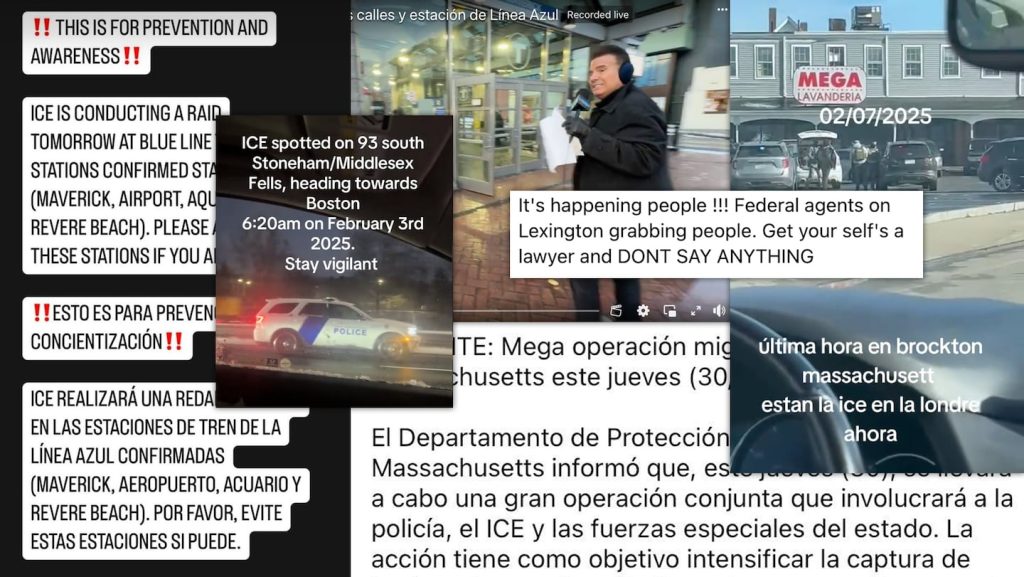Trump’s "Silent Raids": Weaponizing Fear in Immigration Enforcement
The Trump administration’s hardline stance on immigration has instilled a pervasive fear within immigrant communities, particularly among undocumented individuals. While President Trump’s rhetoric and promises of mass deportations have contributed significantly to this climate of anxiety, a more insidious tactic has emerged: the strategic use of silence and ambiguity surrounding Immigration and Customs Enforcement (ICE) activities. This "strategy of fear" relies not solely on actual arrests and deportations, but also on creating an impression of widespread enforcement that extends beyond the reality on the ground.
ICE’s opacity regarding its operations fuels speculation and allows unfounded rumors to proliferate. The agency frequently stonewalls journalists, refusing to provide crucial details about arrest numbers, alleged offenses, and locations of detentions. This lack of transparency makes it impossible for the public to assess the true scope of ICE’s activities and distinguish fact from fiction. This calculated silence allows the administration to simultaneously appease its base, who imagine widespread crackdowns, while terrorizing immigrant communities, who live in constant fear of the unknown.
The discrepancy between the perceived threat and the actual number of arrests creates a chilling effect. While ICE press releases indicate a focus on individuals with criminal backgrounds – suggesting business as usual – viral reports of raids and checkpoints spread fear and panic. This disconnect fuels the perception of a vast, indiscriminate dragnet, even if the reality is more nuanced. Immigration enforcement researchers like Austin Kocher from Syracuse University highlight how ICE has shifted its focus from transparency to shaping public perception through sensationalized social media campaigns and collaborations with celebrities. This undermines the agency’s credibility and further fosters distrust.
The proliferation of misinformation is particularly challenging in the digital age. False reports of ICE activity can spread rapidly through social media, creating widespread panic before accurate information can emerge. Community leaders and journalists are often left playing catch-up, attempting to debunk rumors and provide reassurance. While these efforts are essential, they also underscore the inherent asymmetry of the situation: misinformation spreads quickly and effortlessly, while verifying facts and correcting the record requires significant resources and time.
The case of journalist and radio host Elías Zúñiga Vasallo exemplifies the struggle against this tide of misinformation. After debunking rumors of ICE raids at Boston subway stations by filming the locations and demonstrating their falsity, Vasallo acknowledged the dilemma of potentially amplifying fears by addressing them. However, he believes it’s crucial to actively combat misinformation, recognizing that silence only allows it to flourish. His proactive approach highlights the critical role community members and media outlets play in providing accurate information and countering the administration’s strategy of fear.
Ultimately, the Trump administration’s approach to immigration enforcement goes beyond simply arresting and deporting individuals. By strategically withholding information and allowing unsubstantiated rumors to spread, ICE creates an environment of constant fear and anxiety within immigrant communities. This strategy serves a dual purpose: it appeases the administration’s supporters while effectively controlling immigrant populations through fear, even without the need for widespread, resource-intensive raids. This weaponization of uncertainty represents a troubling shift in immigration enforcement, turning fear itself into a policy tool. It underscores the urgent need for transparency and accountability from ICE, as well as the vital role of independent journalism and community engagement in combatting misinformation and protecting vulnerable populations.


